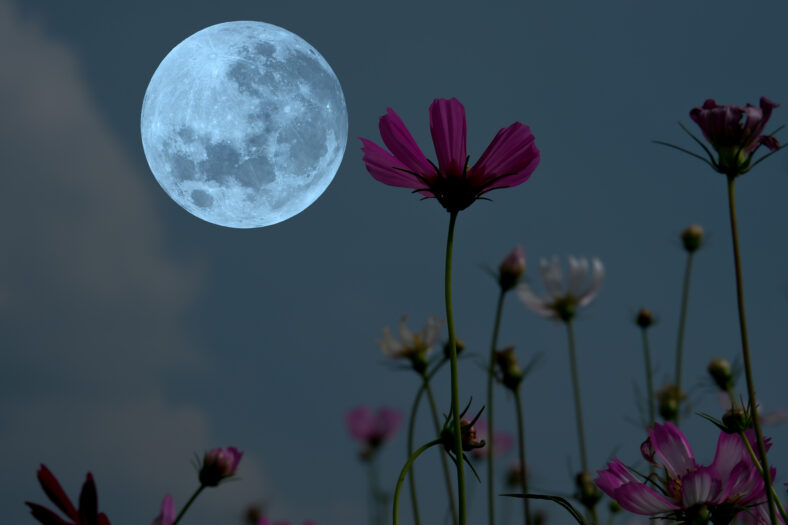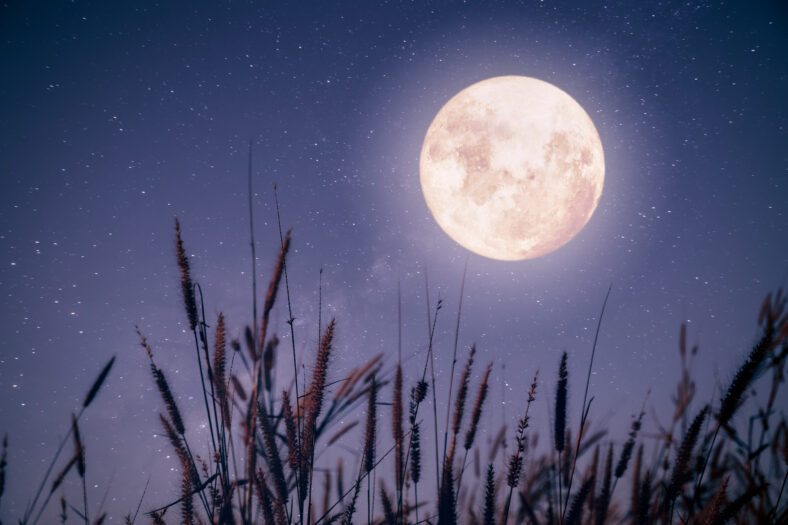5 Animals That Behave Differently In Moonlight

Did You Know The Moon Can Impact The Behavior Of Some Animals?

When the moon lights up the night with all its luminous glory, it seemingly casts a spell on the animal kingdom in fascinating ways.
For some creatures, the moon’s cycle directly influences their behavior. It can cause a boost of activity in predators at night or make small mammals like rodents and armadillos retreat into the shadows to avoid being hunted.
Here Are 5 Animals That Behave Differently In Moonlight

Here are five animal species from around the world that have interesting behavioral responses to moonlight.
1. Barn Owls

There are two colors that barn owls can be—red and white. Moonlight helps their main prey, field voles, detect owls more easily. If a red owl is after them, field voles have a pretty good chance of escaping.
But if it’s a white owl, the moonlight reflects off the owl’s feathers, causing the vole to freeze in place for a longer time. White owls are more successful at catching voles during a full moon compared to red owls; therefore, their young are less likely to starve.
2. Mayflies

The mayflies of Lake Victoria in eastern Africa synchronize their mating with the phases of the moon. Two days after a full moon, these insects emerge from their aquatic larval stage, which lasts four to five months.
This type of mayfly only lives for one to two hours after becoming an adult. So, they have an urgent need to reproduce and lay eggs before they die.
The moon’s cycle acts as a sort of timer for them, ensuring that potential mates will be present. The moonlight helps them accomplish their task of furthering their species.
3. Dung Beetles

The African dung beetle collects elephant dung by forming it into balls and rolling them away from the dung pile in a straight line to avoid competition with other beetles. They raise their young within the dung balls.
When the sun sets, and its polarization pattern is unavailable, dung beetles use the dimmer polarization pattern around the moon to maintain their straight escape route. It works better under a full moon, though. In contrast, the dung beetles were unable to move in straight lines during new moons.
4. Nightjars

These birds hunt for flying insects at dusk and dawn. During a full moon, European nightjars continued foraging into the night. The moonlight likely helped them catch more insects.
The nightjars would stay in the local area during full moons. But about 12 days into the waning moon, during spring and autumn migration, they left because food sources were declining.
The moon also determines when nightjars lay their eggs. They make sure their eggs hatch under a full moon, which provides the best foraging conditions so they can feed their chicks.
5. Swifts

The black swift lives in remote regions in the western United States and Canada. When they’re not breeding, swifts fly continuously for eight months of migration and wintering.
During the non-breeding period, in the 10 days around each full moon, they ascended to high altitudes at dusk and stayed there through the night. But around each new moon, they remained at lower altitudes.
The swifts were more active on the brighter nights at high altitudes, meaning that they probably captured more bugs and used up more energy.
More About:Animals





